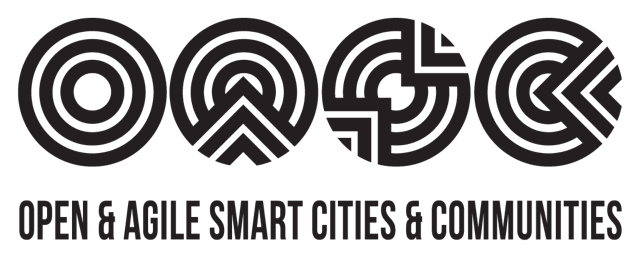This latest version already reflects OASC‘s collaborative effort with the International Telecommunication Union (ITU), one of the three WTO recognised global Standards Development Organisations, to standardise the MIM structure as recommendation Y.MIM, which is now at an advanced stage. The format proposes that each MIM should have an agreed objective accompanied by requirements, capabilities, mechanisms and guidance for interoperability. See the ITU-T work programme here.
This is providing the opportunity to:
- Get feedback on the MIMs from a group of experts on interoperability related to data management and sharing who have no previous knowledge of the MIMs and so can consider them with a fresh eye.
- Ensure that the MIMs concept and structure are described in a clear and unambiguous way so that they can be properly positioned within the world of standards
Given the numerous European smart city projects (DS4SSCC, dRural, ODALA, CommuniCity and many more), and the experience of working on the MIMs Plus over the last few years, the Technical Subgroup led by OASC is well positioned to provide the MIMs Plus with a consistent structure and greater clarity. As part of this, work has been started on re-drafting MIMs 1, 2, 4 &7 in the new format.
The Living-in.EU movement is focused on promoting interoperability of solutions between cities and communities around Europe to support a scalable market in city, community, or regional products and services. This needs to take account of the fact that there are often many different and competing technical solutions to tackling any particular city or community objective, each with their own strengths and weaknesses. In choosing between different options, communities will make decisions based on their existing resources, legacy systems, and existing contracts with suppliers.
The Living-in.EU Technical Subgroup herefore needs to provide cities and communities with information that will help them decide the most appropriate technical solutions to adopt to support local data sharing; and identify ways to support interoperability between the different solutions that might be adopted.
MIMs plus version 6.0 is now available here.

